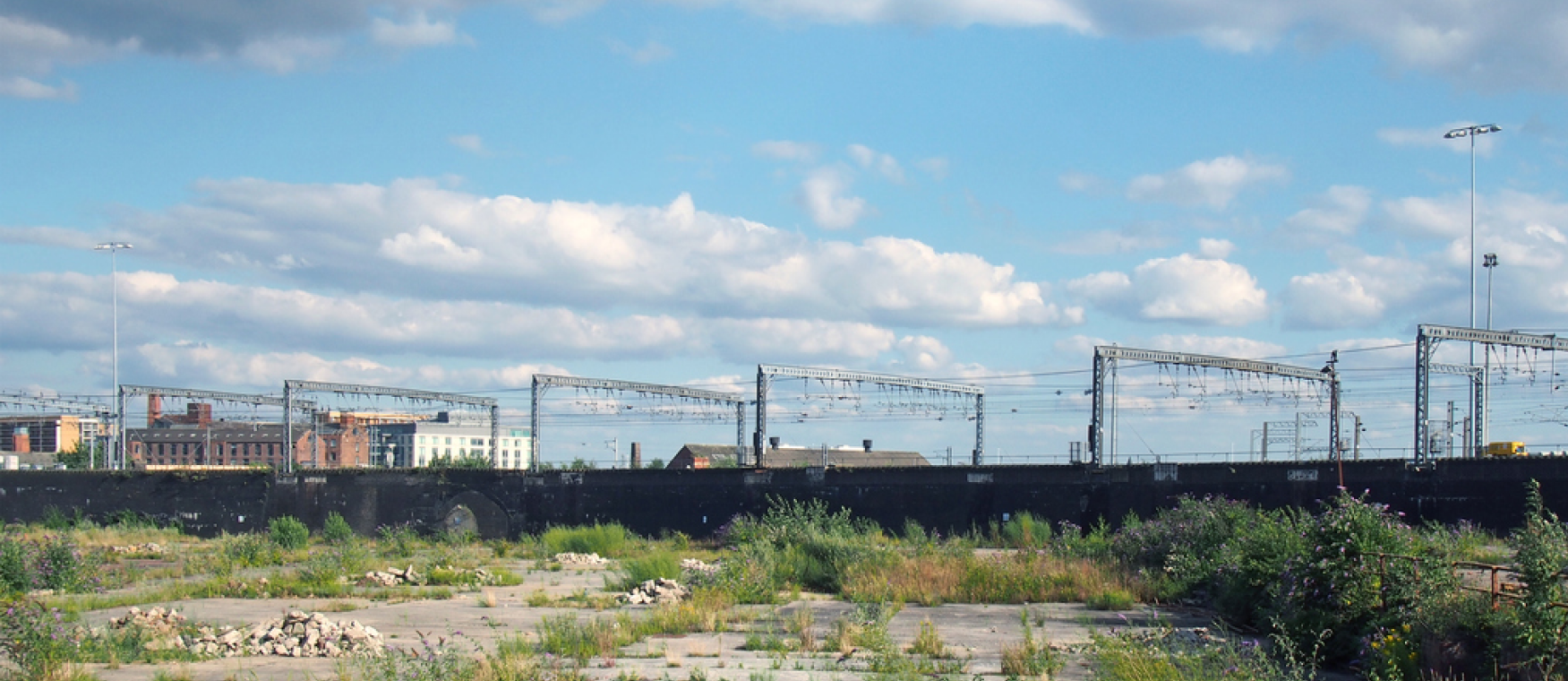
Brownfields Community-Wide Assessment Grant
Grant Insights
The purpose of the Brownfield Community-Wide Assessment Grants is to develop inventories of brownfield sites, prioritize sites, conduct community involvement activities, conduct planning, conduct site assessments, develop site-specific cleanup plans, and develop reuse plans related to brownfield sites. Brownfield revitalization can support community efforts to become more resilient to climate change impacts by incorporating adaptation and mitigation strategies throughout the assessment, cleanup, and redevelopment process. Program funds are authorized through the Infrastructure Investment and Jobs Act (IIJA).
| Federal Agency Name | U.S. Environmental Protection Agency |
| Funding Opportunity | Brownfield Community-Wide Assessment Grants – FY25 |
| NOFO Release Date | 09/03/2024 |
| Application Due Date | 11/14/2024 by 11:59 pm ET via www.grants.gov |
| # of Programs |
1) Community-Wide Assessment Grants |
| Total Funding Available | $46,000,000 |
| Award Minimum | $300,000 |
| Award Maximum | $500,000 |
| Recipient Cost-Share/Match Requirements: | N/A (Voluntary cost-sharing will not be accepted under this competition) |
| Summary |
Brownfield Community-Wide Assessment Grants are appropriate for communities beginning to address their brownfield challenges, as well as for communities that have ongoing efforts to bring sites into productive reuse. Brownfield Community-Wide Assessment Grants funds can be used for the direct costs associated with the inventory, site prioritization, community involvement, site reuse planning, assessment, and cleanup planning for brownfield sites. A portion of the Brownfield Community-Wide Assessment Grants funding must be used to conduct site assessments. Brownfield Community-Wide Assessment Grants funds may not be used to conduct cleanup activities. Applicants may request funding to address sites contaminated by hazardous substances (i.e., sites with potential contamination of hazardous substances, pollutants, or contaminants) and/or petroleum (i.e., sites with potential petroleum contamination). Successful brownfield reuse and redevelopment often depends on early consideration of local community priorities; market conditions; infrastructure availability; environmental contamination; public health issues; and local ordinances. Community-Wide Assessment Grants funds can also be used for programmatic management of the grant; purchase of environmental insurance; and local governments may use up to 10% of their grant funds for the following activities:
|
| Eligible Applicants |
The following entities are eligible to apply for Community-Wide Assessment Grants:
|
| Special Consideration | Entities applying for an FY25 Community-Wide Assessment Grant may not apply for (or be a non-lead coalition member of) an FY25 Assessment Coalition Grant or an FY25 Community-Wide Assessment Grant for States and Tribes. Entities that were awarded (or pending an award for) an FY22, FY23, or FY24 Community-Wide Assessment Grant for States and Tribes are not eligible to apply for Assessment Grant funding under this solicitation. Applicants can only apply for one Community-Wide Assessment Grant. Applicants are required to demonstrate how they intend to inform and involve the community and other stakeholders in the planning, implementation, and other brownfield assessment activities. The EPA requires applicants to adequately describe environmental outputs (performance measures) and outcomes to be achieved with the award. The EPA encourages communities to take an area-wide approach to planning for the assessment, cleanup, and reuse of brownfield sites; especially where multiple sites are connected through location, infrastructure, economic, social, and environmental conditions. |
| Notes |
A brownfield site is defined in CERCLA § 101(39) as real property, the expansion, redevelopment, or reuse of which may be complicated by the presence or potential presence of hazardous substances, pollutants, contaminants, controlled substances, petroleum, or petroleum products, or is mine-scarred land. |
| Contact Information | For a full list of EPA Regional Brownfield program contacts, please see Page 45 of the NOFO or visit www.epa.gov/brownfields |
